The work of the Austrian painter and illustrator Gustav Klimt, b. July 14, 1862, d. Feb. 6, 1918, founder of the school of painting known as the Vienna Sezession, embodies the high-keyed erotic, psychological, and aesthetic preoccupations of turn-of-the-century Vienna's dazzling intellectual world.
He has been called the preeminent exponent of ART NOUVEAU. Klimt began (1883) as an artist-decorator in association with his brother and Franz Matsoh. In 1886-92, Klimt executed mural decorations for staircases at the Burgtheater and the Kunsthistorisches Museum in Vienna; these confirmed Klimt's eclecticism and broadened his range of historical references. Klimt was a cofounder and the first president of the Vienna Secession, a group of modernist architects and artists who organized their own exhibition society and gave rise to the SECESSION MOVEMENT, or the Viennese version of Art Nouveau. He was also a frequent contributor to Ver Sacrum, the group's journal.
Among the important decorative projects undertaken by Klimt were his celebrated Beethoven frieze (1902; Osterreichische Galerie), a cycle of mosaic decorations for Josef Hofmann's Palais Stoclet in Brussels (1905-09), and numerous book illustrations.
Klimt's style drew upon an enormous range of sources: classical Greek, Byzantine, Egyptian, and Minoan art; late-medieval painting and the woodcuts of Albrecht Dürer; photography and the symbolist art of Max Klinger; and the work of both Franz von Stuck and Fernand Khnopff. In synthesizing these diverse sources, Klimt's art achieved both individuality and extreme elegance.
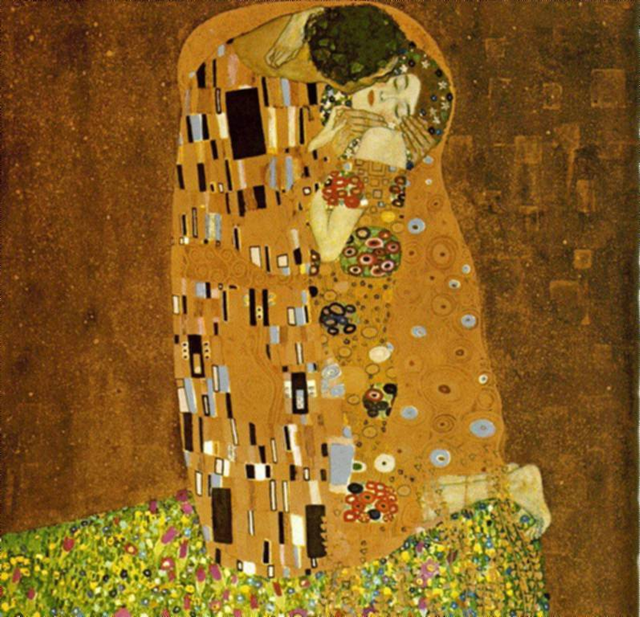
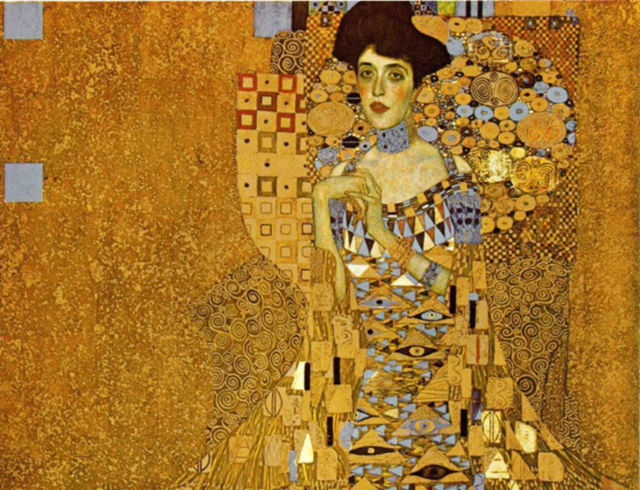
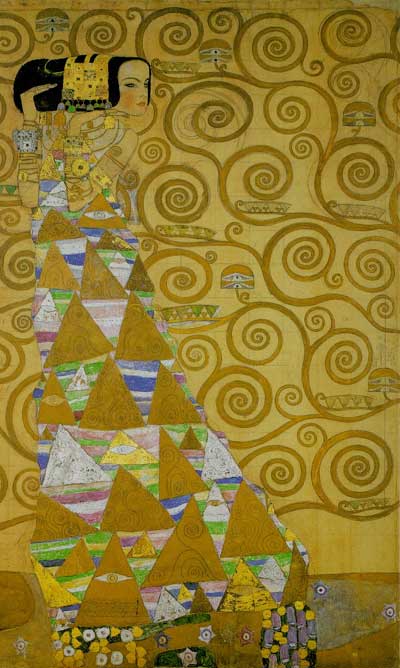
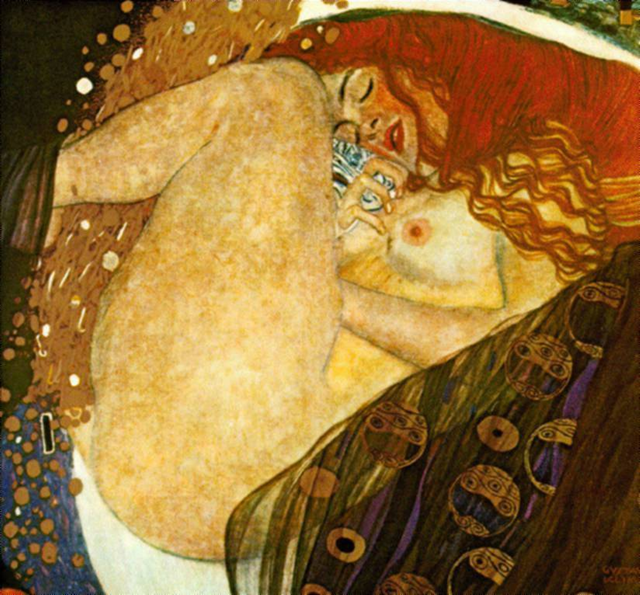
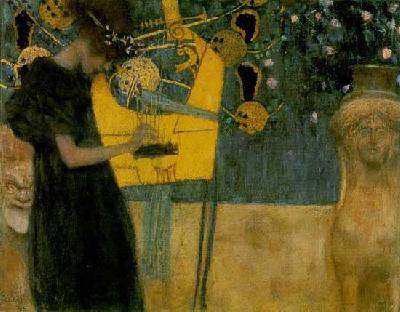
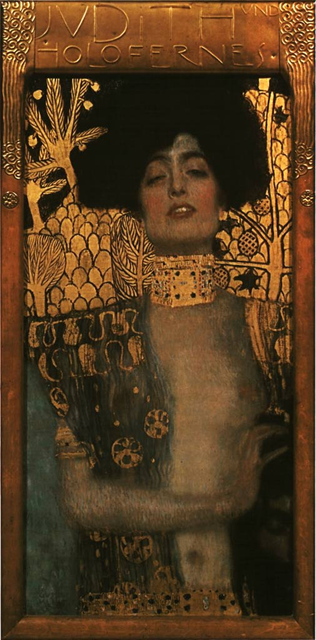

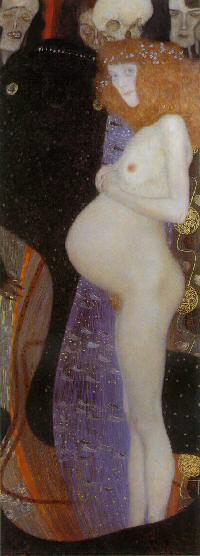

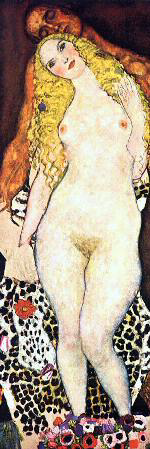
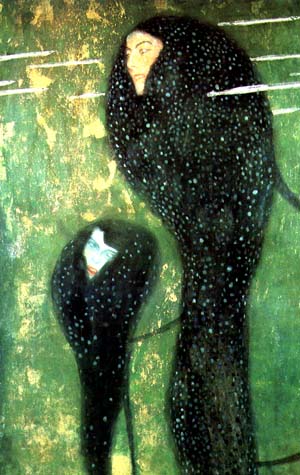
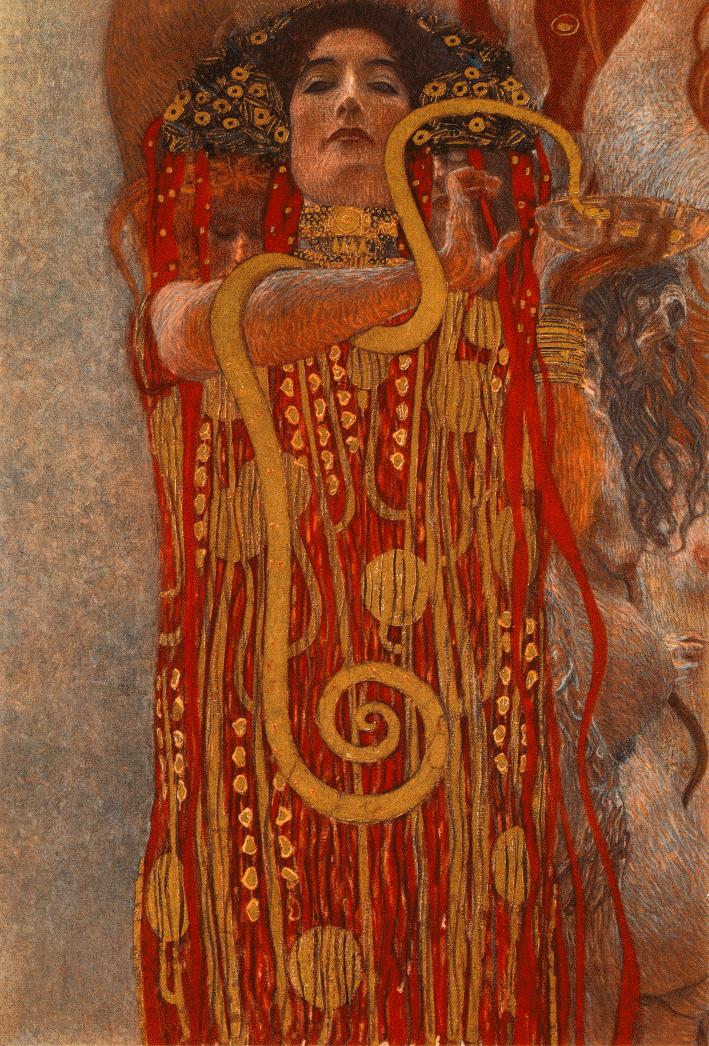
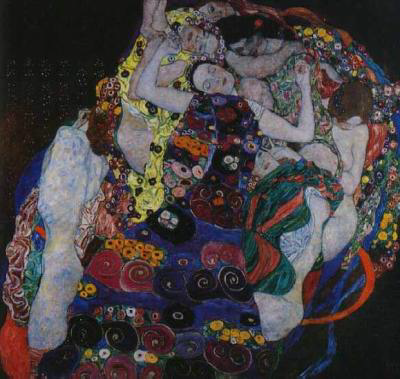
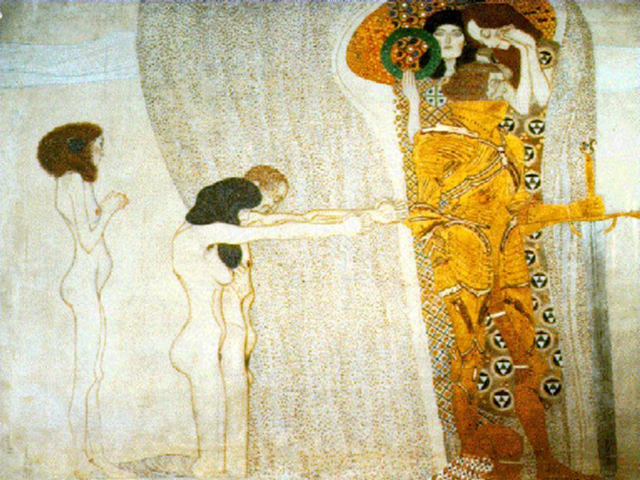
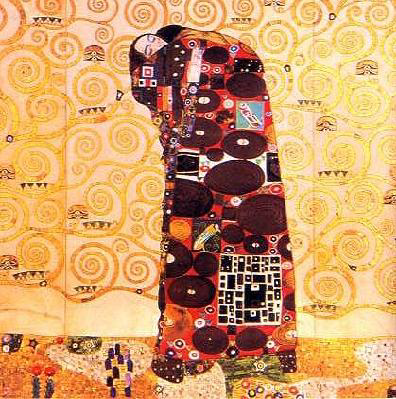
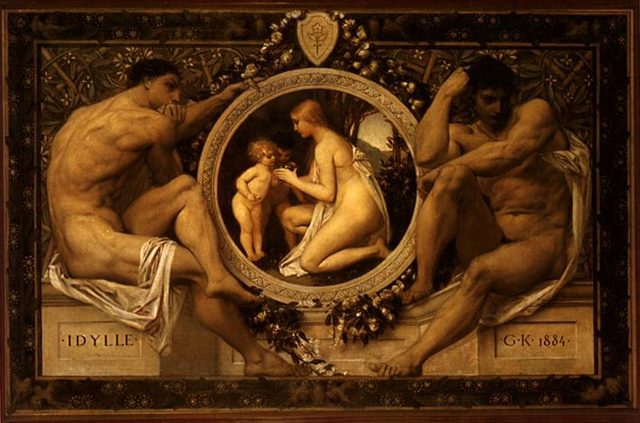
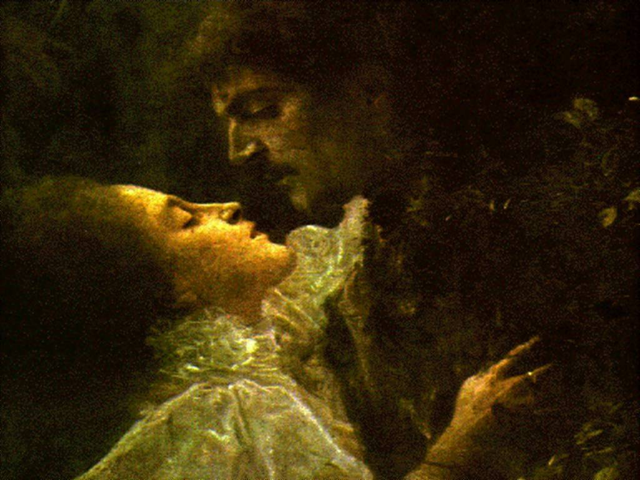
Schiele, Egon
Austrian expressionist artist Egon Leo Adolf Schiele, b. June 12, 1890, d. Oct. 31, 1918, was at odds with art critics and society for most of his brief life. Even more than Gustav Klimt, Schiele made eroticism one of his major themes and was briefly imprisoned for obscenity in 1912. His treatment of the nude figure suggests a lonely, tormented spirit haunted rather than fulfilled by sexuality. At first strongly influenced by Klimt, whom he met in 1907, Schiele soon achieved an independent anticlassical style wherein his jagged lines arose more from psychological and spiritual feeling than from aesthetic considerations. He painted a number of outstanding portraits, such as that of his father-in-law, Johann Harms (1916; Solomon R. Guggenheim Museum, New York City), and a series of unflinching and disquieting self-portraits. Late works such as The Family (1918; Oesterreichische Galerie, Vienna) reveal a newfound sense of security.
Egon Schiele (June 12, 1890 – October 31, 1918) (pronounced /ʃiːlə/ approximately SHEE-luh) was an Austrian painter, a protégé of Gustav Klimt, and a major figurative painter of the early 20th century. Schiele's oeuvre is noted for the intensity and the large number of self-portraits he produced. The twisted body shapes that characterize Schiele's paintings and drawings makes the artist a notable exponent of Expressionism. Due to the highly-charged nature of his drawings and paintings and his premature death, Schiele has come to epitomize the popular image of the tortured artist.
The Austrian Expressionist painter Egon Schiele (1890-1918) died when he was only 28 and we do not really know whether he would have developed from the self-pitying adolescent angst that was the main theme of his work. Self-Portrait (1910; 110 x 35.5 cm (43 x 14 1/4 in)), however, is a most moving theme in itself: a pathetic and yet powerful exposure of Schiele's vulnerability. He is mere skin and bone, not yet fully there as a person. He has outlined his body with a glowing line of white to indicate to us both his sense of imprisonment and his limitations: notice how his arm disappears almost at the elbow-- yet paradoxically it also suggests growth and potential. He is an unhappy, scrawny youth, the wild and exaggerated expanse of pubic hair perhaps indicating the center of his unhappiness. It may seem too individualistic a view, yet in his hysterical way he is expressing the fears and doubts of many young people. He is wonderful, unsettling, and strangely innocent.
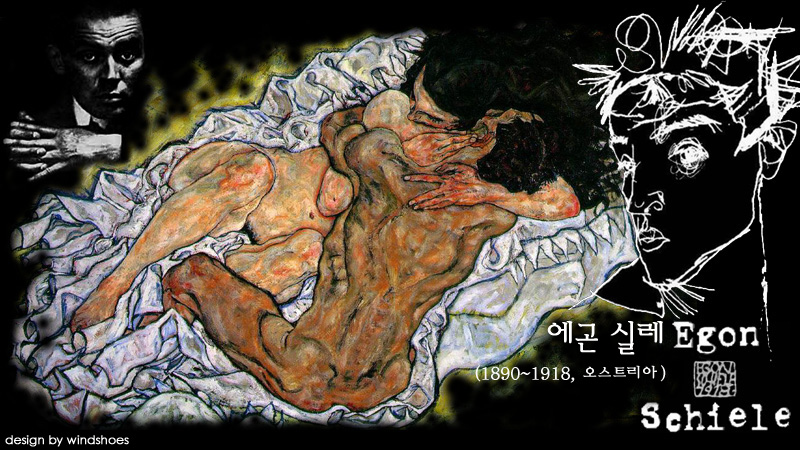
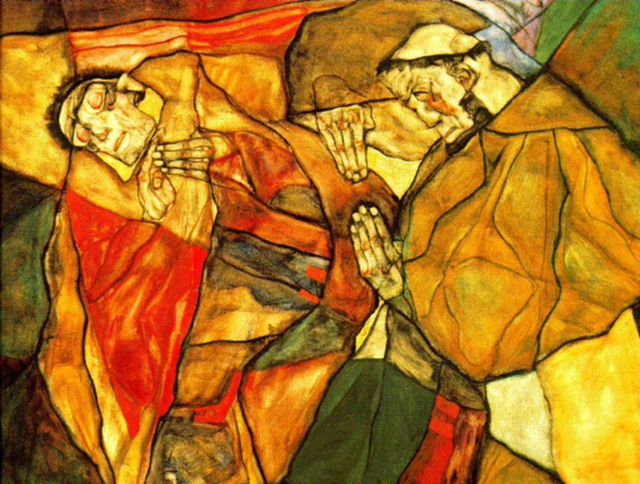
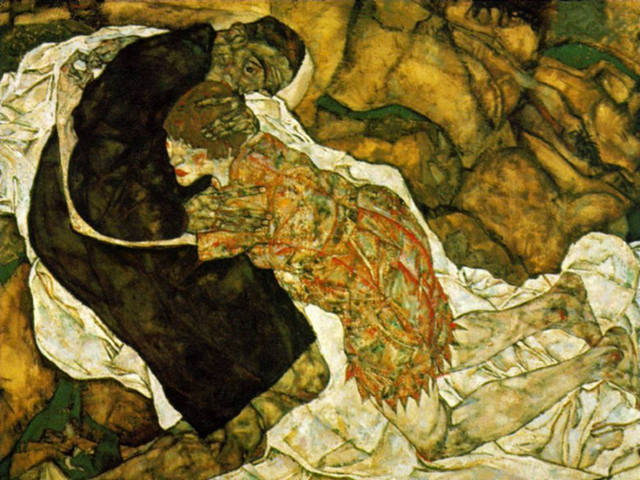
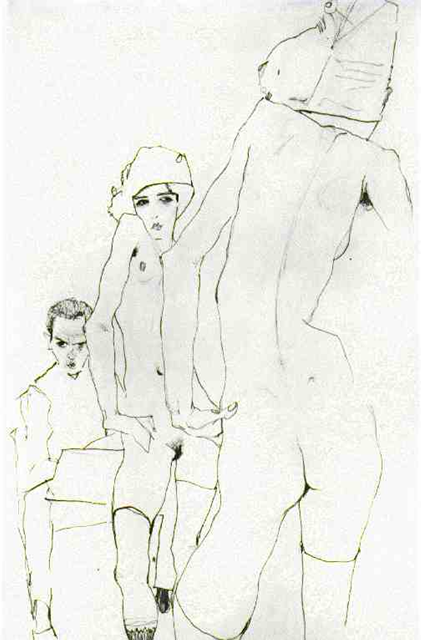
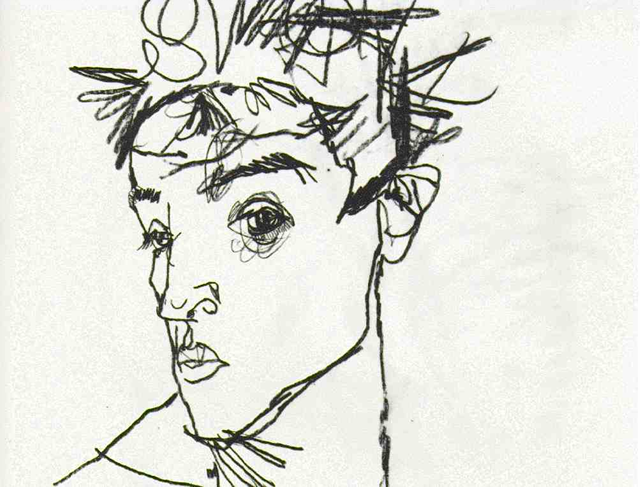
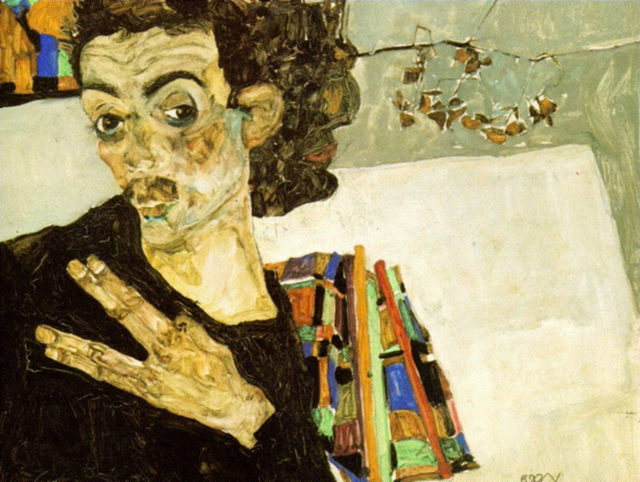
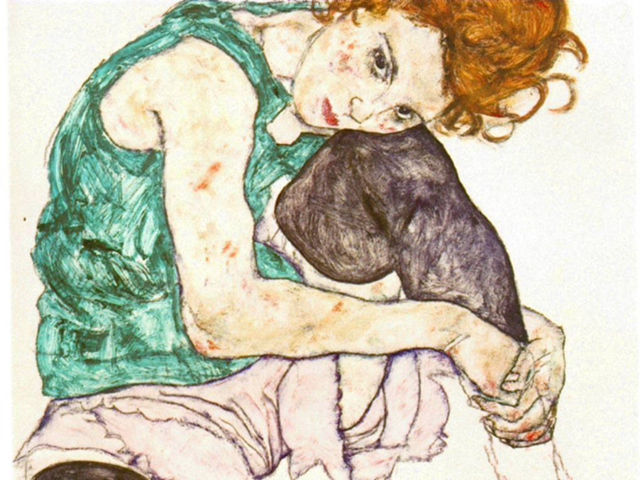
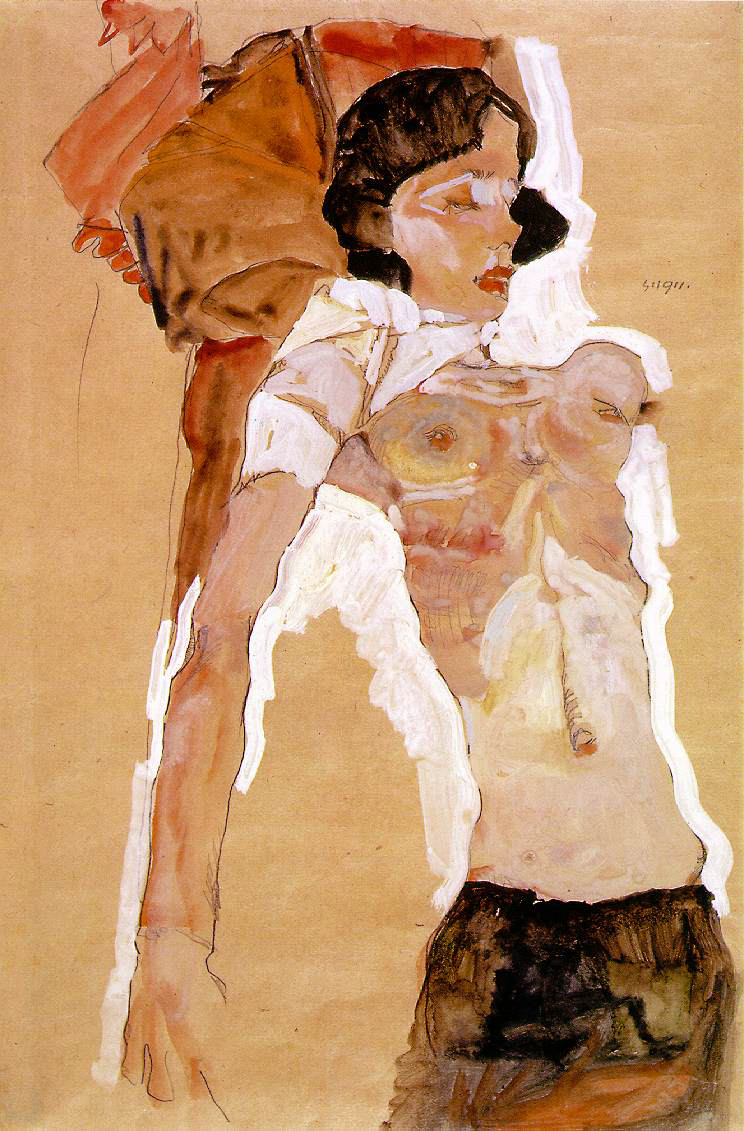
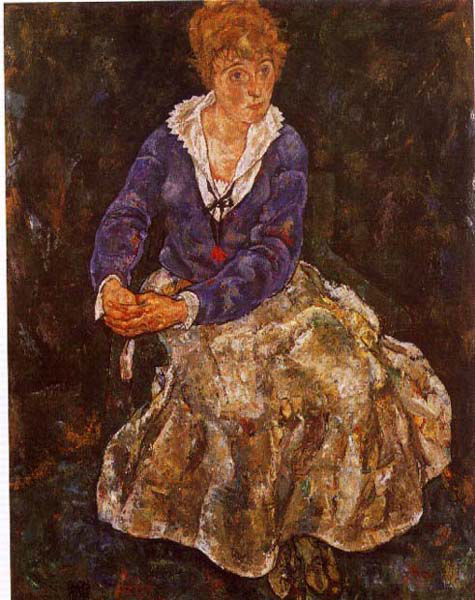
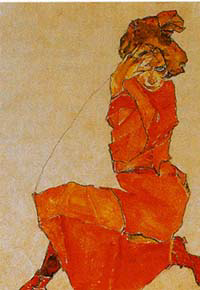
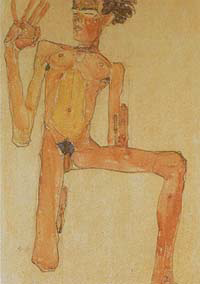
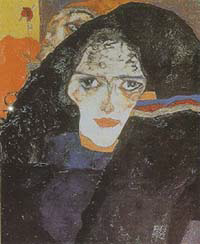
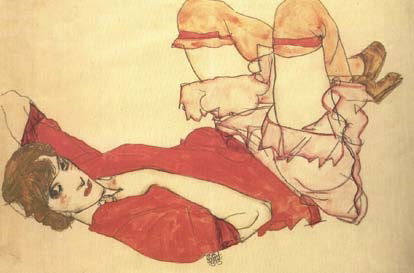
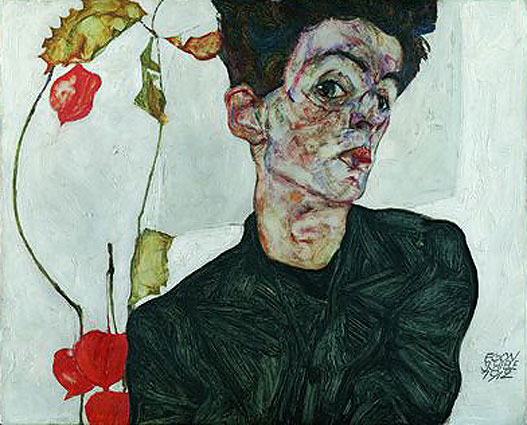
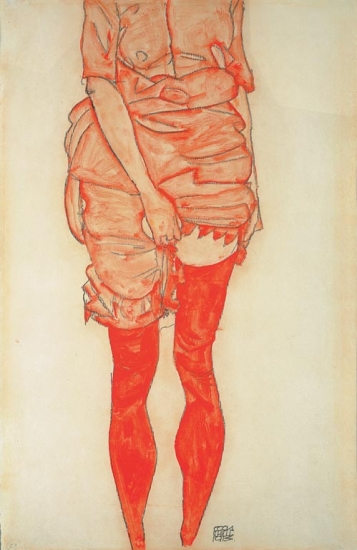
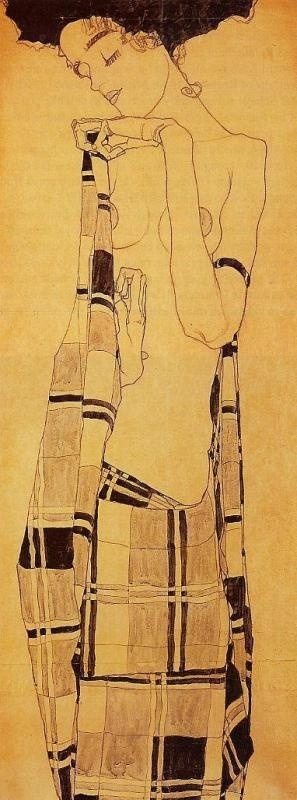
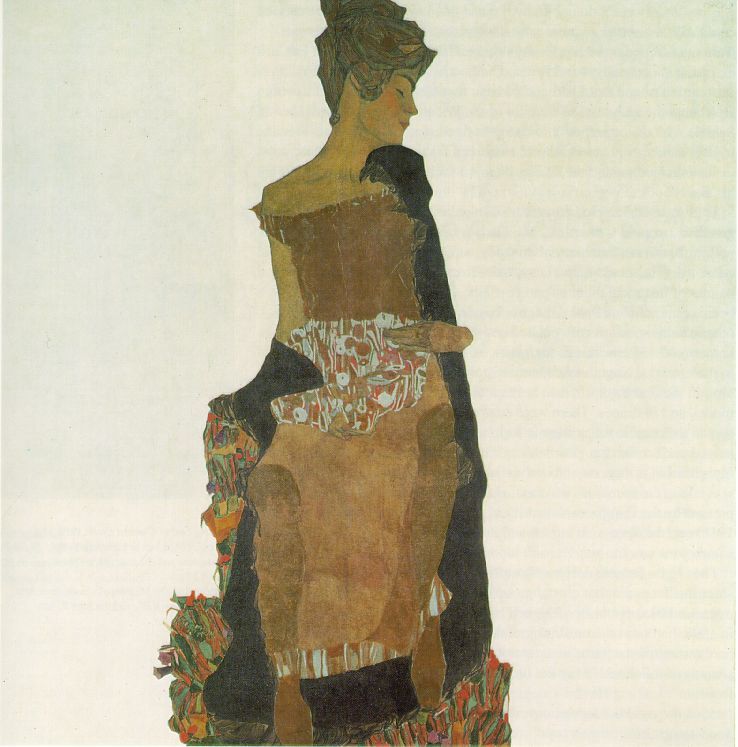
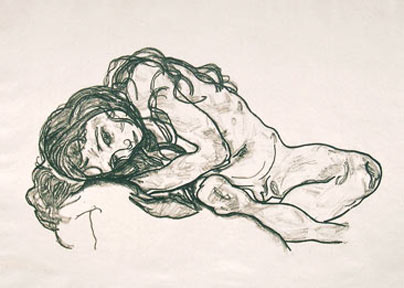
'History of Arts > 19C' 카테고리의 다른 글
| Modigliani, Amedeo (0) | 2007.12.03 |
|---|---|
| German Expressionism (2) | 2007.12.03 |
| 후기 인상주의-쇠라 (1) | 2007.11.14 |
| Auguste Rodin (1) | 2007.11.13 |
| 19C- 상징주의 (0) | 2007.11.12 |


